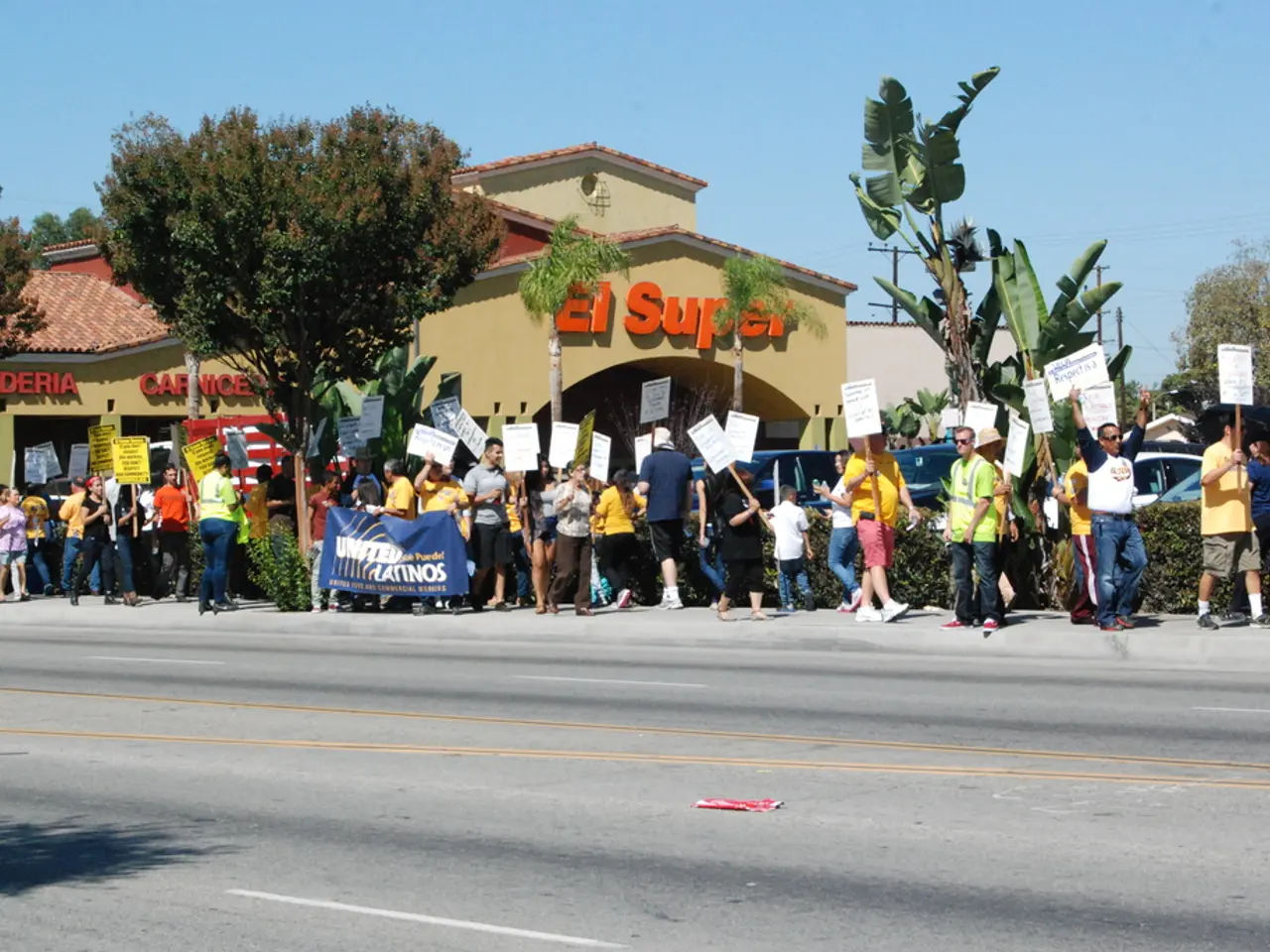Strategies for Launching a Thriving Political Campaign via Social Networks
In the digital age, social media has become an indispensable tool for modern political campaigns, offering a direct line to voters and an effective means of disseminating messages. To create an impactful social media political campaign, focus on adaptive, data-driven messaging, authentic engagement, and a multi-platform presence tailored to your target electorate.
Adaptive Messaging Platforms
Use analytics to track engagement and adjust content to resonate with different voter groups, ensuring relevance and building trust. By understanding the preferences and interests of your audience, you can tailor your messages to speak directly to their concerns and values.
Consistent and Authentic Posting
Post regularly on social media, respond genuinely to voter interactions, and use varied content formats such as videos, live streams, and polls to foster emotional connection and transparency. Being authentic in a social media political campaign fosters trust and creates deeper connections with potential voters.
Mobile-Optimized Content
Design videos and ads with a strong, attention-grabbing hook in the first 5 seconds, clear problem-solution framing, and a direct call to action (e.g., “Tap to vote early”). Ensure fast-loading mobile-friendly landing pages and easy interactions like autofill forms or mobile wallets for donations.
Diverse Outreach Channels
Complement social media efforts with texting campaigns, phone banking, door-to-door canvassing, direct mail, email marketing, and virtual or in-person events to broaden reach and deepen voter relationships.
Testing and Optimization
Rotate different message hooks and captions, use engagement tools like polls or stickers to create micro-engagement, and set frequency caps to avoid supporter fatigue. Continuously refine your strategy based on real-time voter feedback.
Strong Branding
Avoid common campaign marketing mistakes by building a clear, consistent, and trustworthy campaign brand that connects with voters locally and online.
Platform-Specific Strategies
- YouTube supports longer storytelling through speeches, testimonials, explainer videos, and documentary-style content, which build credibility and emotional connection.
- Instagram's visual nature, stories, reels, and influencer partnerships make it effective for political outreach and humanizing a candidate's image.
- Twitter is effective for thought leadership, rapid response, trending engagement, and controlling the narrative during media cycles or crises.
- WhatsApp groups and broadcasts allow for encrypted peer-to-peer voter engagement, local coordination, and the viral spread of campaign material.
Measuring Success
Measuring the success of a social media political campaign involves tracking engagement rates, reach, and follower growth using social media analytics tools. A consistent, emotionally resonant, and platform-optimized content strategy is critical for maintaining relevance, reach, and voter trust throughout the campaign cycle.
Avoiding Pitfalls
Successful social media political campaigns use engaging content, hashtags, avatars, and pictures, and interact with people by liking comments. To maintain credibility, avoid offensive content and negative interactions to avoid losing followers.
By integrating these strategies, a social media political campaign can effectively reach, engage, and mobilize voters in 2025’s dynamic digital landscape. If you're interested in social media political consulting services, fill out the online form on the site or call 91 9848321284 to get started.
- To create an impactful social media political campaign, utilize analytics to track engagement and adjust content to resonate with different voter groups.
- Regular posting, genuine interactions, and varied content formats can help foster emotional connections and transparency with potential voters.
- Design videos and ads for optimal mobile viewing, with a strong hook, clear problem-solution framing, and a direct call to action.
- Implement diverse outreach channels beyond social media, such as texting campaigns, phone banking, and in-person events.
- Continuously test and optimize your campaign by rotating message hooks, using engagement tools, and refining your strategy based on voter feedback.
- Develop a clear, consistent, and trustworthy campaign brand across all platforms to resonate with voters locally and online.
- Leverage platform-specific strategies to excel on YouTube, Instagram, Twitter, and WhatsApp, for storytelling, image humanization, thought leadership, and peer-to-peer voter engagement.
- Monitor the success of your social media political campaign using engagement rates, reach, and follower growth, while maintaining credibility by avoiding offensive content and negative interactions.







